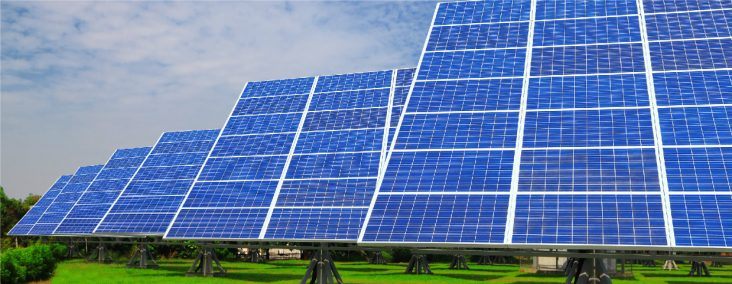Solar energy generation exceeds biomass electricity generation
by May 9, 2018 11:15 am 207 views

Solar electricity generation in the United States rose to 77 million megawatt hours in 2017 and surpassed biomass electricity generation for the first time, according to the U.S. Energy Information Administration. Biomass generation was 64 million megawatt hours in 2017.
Only two other sources of renewable energy, hydro and wind, generated more electricity than solar in 2017. Hydro generated 300 million megawatt hours, and wind generated 254 million megawatt hours. Biomass generating capacity has been flat recently as solar generating capacity has risen.
The majority of solar generating capacity tends to be added late in the year, and this leads to a lag in the annual rise of solar electricity generation. In 2016, 29% of utility-scale solar generating capacity was added in December. As a result, the completed solar installations has a short time to contribute to total annual generation. In 2017, 21% of new solar capacity was added in December. Compared to biomass technologies, solar technologies operate at a lower annual capacity and have more variation seasonally.
Following are the fuel sources for biomass electricity generation and the percentage of total biomass generation for which the fuels accounted in 2017: wood solids, 68%; landfill gas, 17%; municipal solid waste, 11%; and other biogenic and non-biogenic materials, 4%. The amount of generation these fuels accounted for has remained flat in recent years.
Solar generating capacity includes solar thermal, which converts sunlight to steam to produce energy; large-scale solar photovoltaic, which uses solar cells to produce energy from sunlight; and small-scale solar, which are solar installations that produce 1 megawatt or less of electricity. Solar thermal generation has been flat in recent years, at about 3 million megawatt hours. However, the number of solar photovoltaic systems have increased in recent years.
In 2017, electricity generated from large-scale and small-scale solar systems rose 233% to 50 million megawatt hours and 118% to 24 million megawatt hours, respectively, from 2014. By the end of 2018, new large-scale solar systems will add 5.076 megawatts of generating capacity, according to the EIA.
